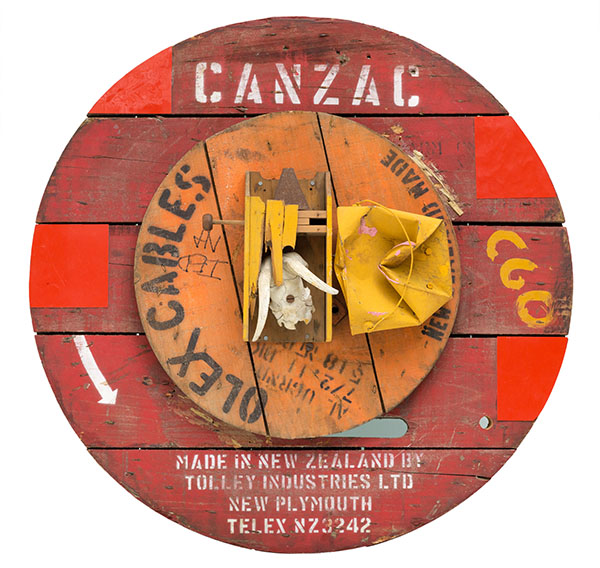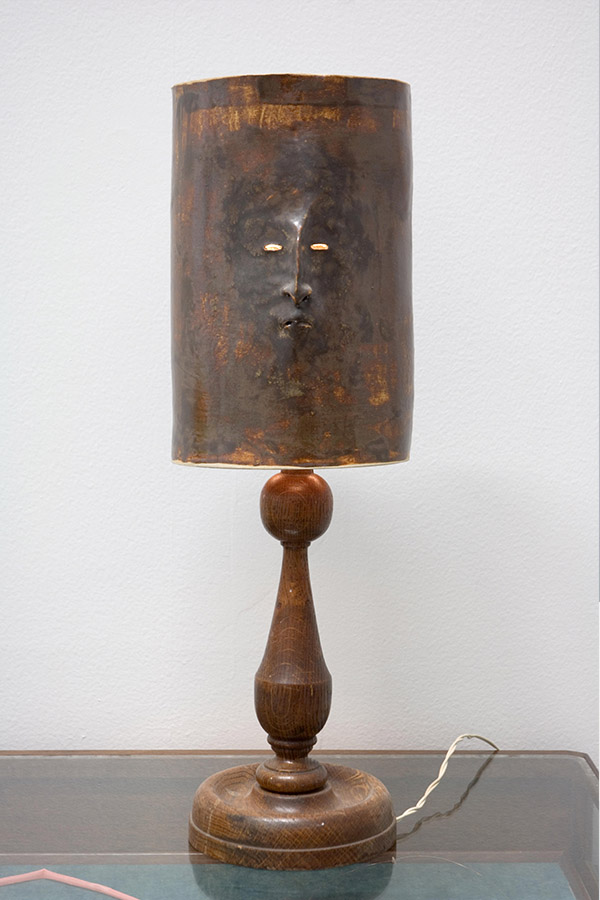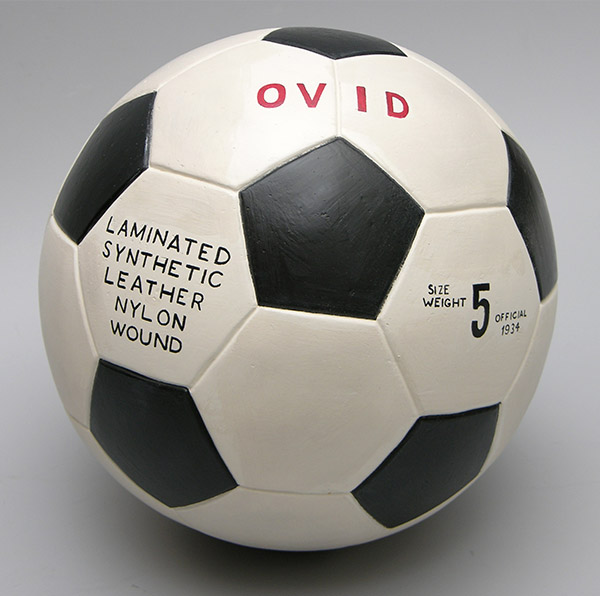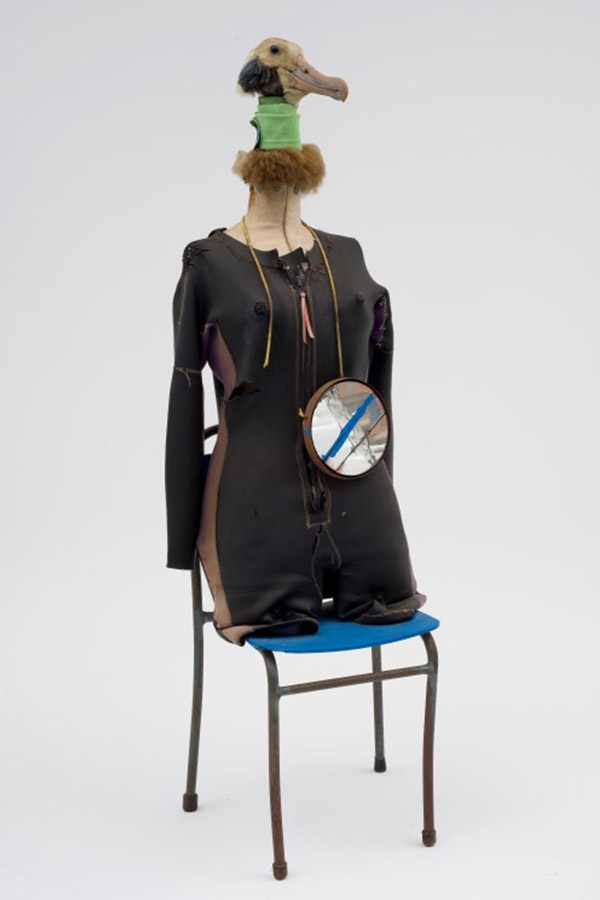More about Chartwell
The Chartwell Trust was established in the early 1970s in Hamilton, with the Chartwell Collection beginning in 1974. With its main objective being the promotion of the visual arts, there was a desire to disseminate knowledge and appreciation of developments in contemporary art practices and processes. Significant to the Trust was the need to facilitate and develop wide interest and respect for the thinking involved in making and viewing art.
The initial project was to help promote and build a permanent collection-based public art gallery in Hamilton. Until that was built, the early acquisitions to the Chartwell Collection, including paintings by William A Sutton and Pat Hanly, were placed on loan into the Waikato Museum’s temporary premises.
Chartwell’s vision and its goals quickly broadened beyond this initial need for a new art gallery for Hamilton. The Trust’s activities became centred around two major types of activities: the further development of the Chartwell Collection, principally a collection of contemporary works from New Zealand and Australia; and the development of a programme of philanthropy including significant donations to visual arts projects which are predominantly within the public gallery sector.
In 1982 the Waikato Art Museum asked Chartwell to remove its collection as it was growing beyond the temporary storage facilities available. Chartwell then established the Centre for Contemporary Art (CFCA), in Hamilton, as the first permanent home for the Collection. The CFCA provided a nationally significant alternative art space and was committed to growing a local audience for contemporary art. An annual Chartwell Collection exhibition served to highlight new acquisitions from the Collection, which increasingly included works by Australian artists rarely seen in New Zealand at the time. The annual new acquisition exhibitions provided opportunity to review the collecting process. Over 13 years, approximately 150 exhibitions were held at the gallery.
‘Through this exhibition programme at CFCA, I came to better understand the work of particular artists and practices. The buying reflected my own understanding of the significance of an artwork in terms of its power to engage, its contribution to our art history and its value as a public resource. The process involved meeting professionals from the public gallery and education sectors, as well as artists and their dealers. Coming to know the works and having the knowledge, confidence and interest to buy them was essentially a creative imaginative act, something experienced by all viewers and collectors. I think of each acquisition and the collection as a whole as the cumulative effect of many such acts – as a statement in itself.
Rob Gardiner, Chartwell Trust
In the early 1990s, Chartwell entered into a new loan agreement for the Collection with the newly opened Waikato Museum of Art and History and the Collection transferred there. Two years later, in 1994, the exhibitions programme ceased at the CFCA and the building was sold. In 1997, the Collection was placed on long term loan to Auckland Art Gallery.
Today the Collection is seen through a programme of exhibitions, from major Chartwell exhibitions to its use by curators at Auckland Art Gallery as part of the Gallery’s exhibition programmes. It is also seen through loans to exhibitions around New Zealand and overseas. This is an important part of the Collection philosophy – to be an active resource: available for exhibition and online for research and education.
Text adapted from the Chartwell and Arts Foundation websites.
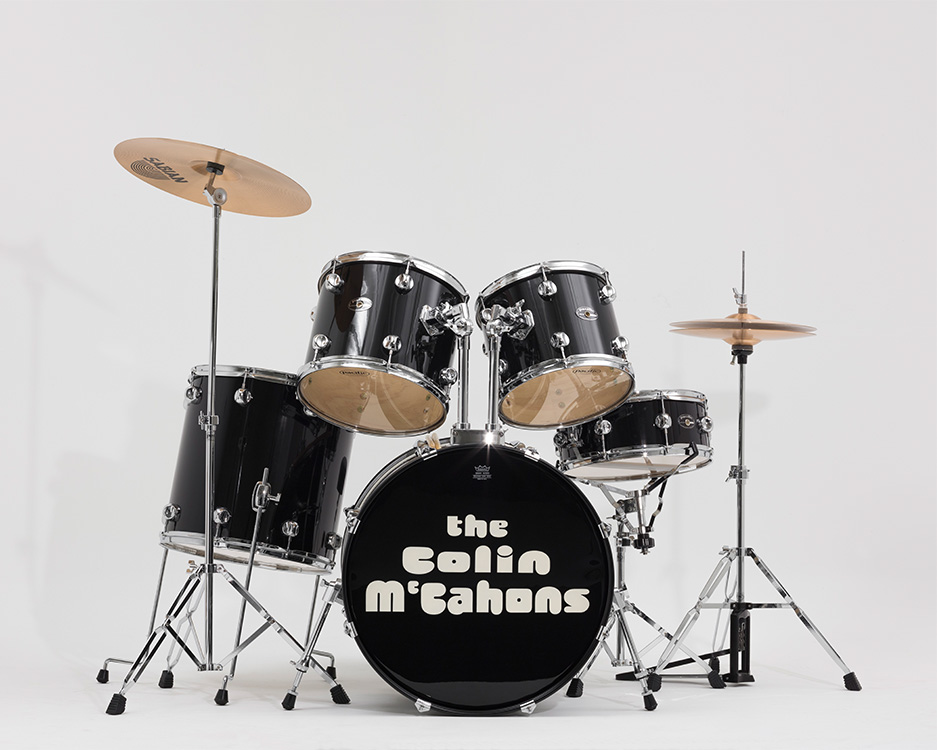
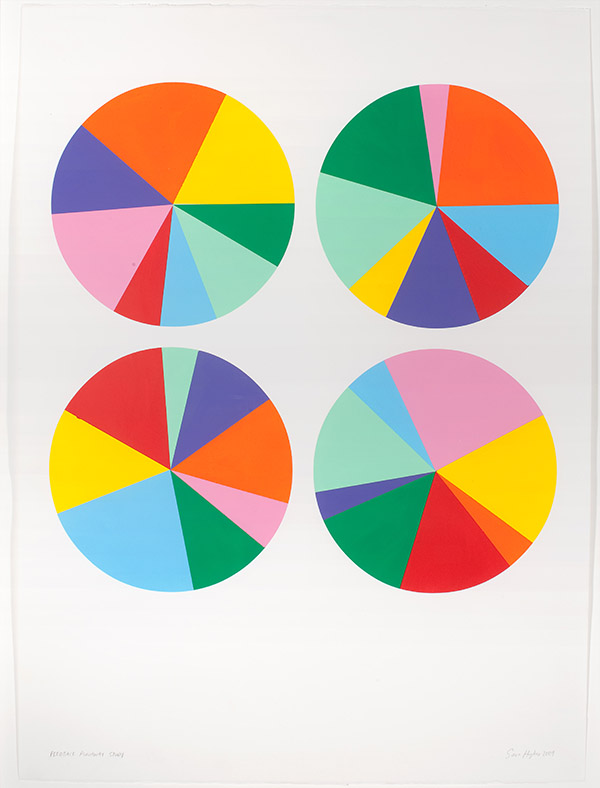
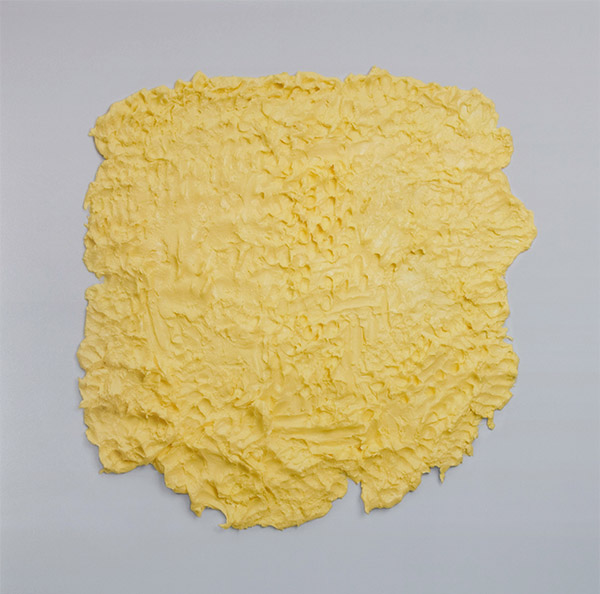
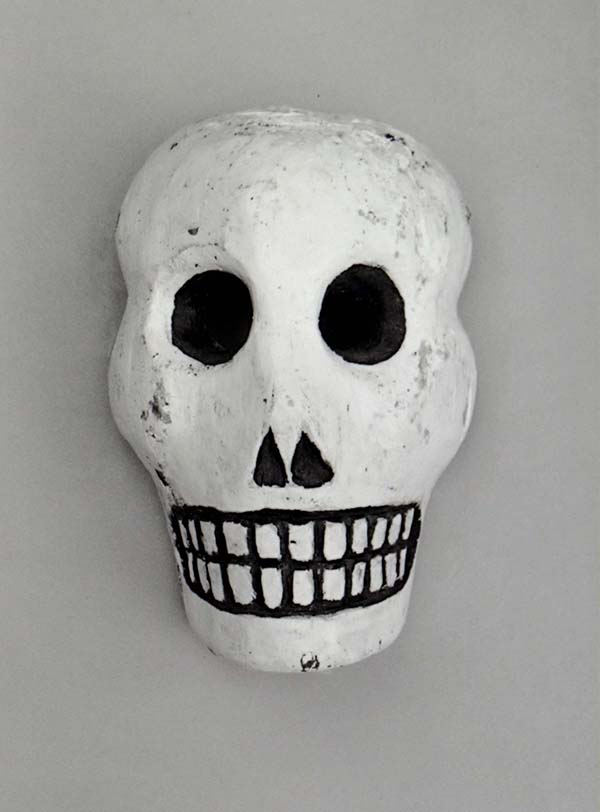
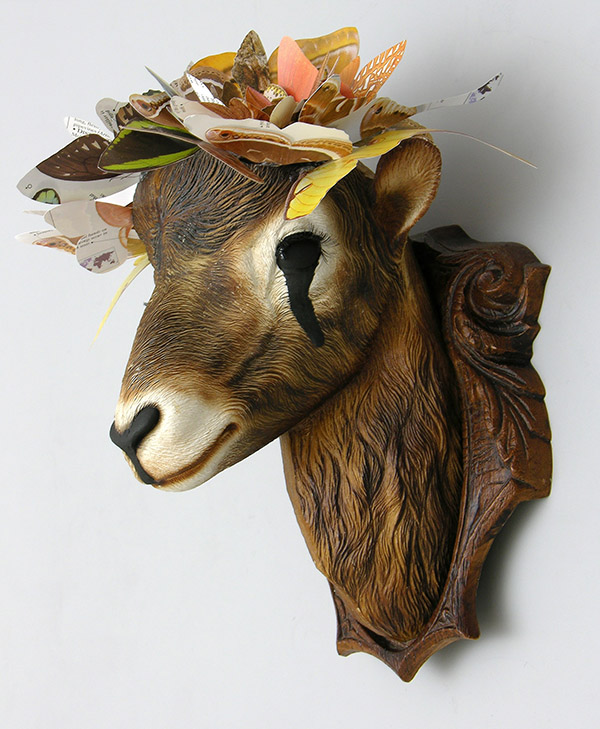

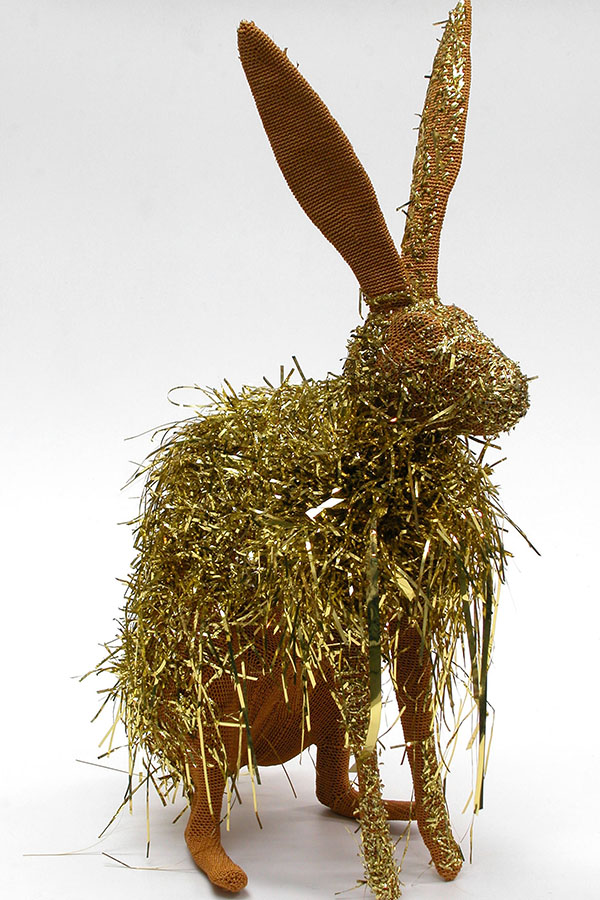
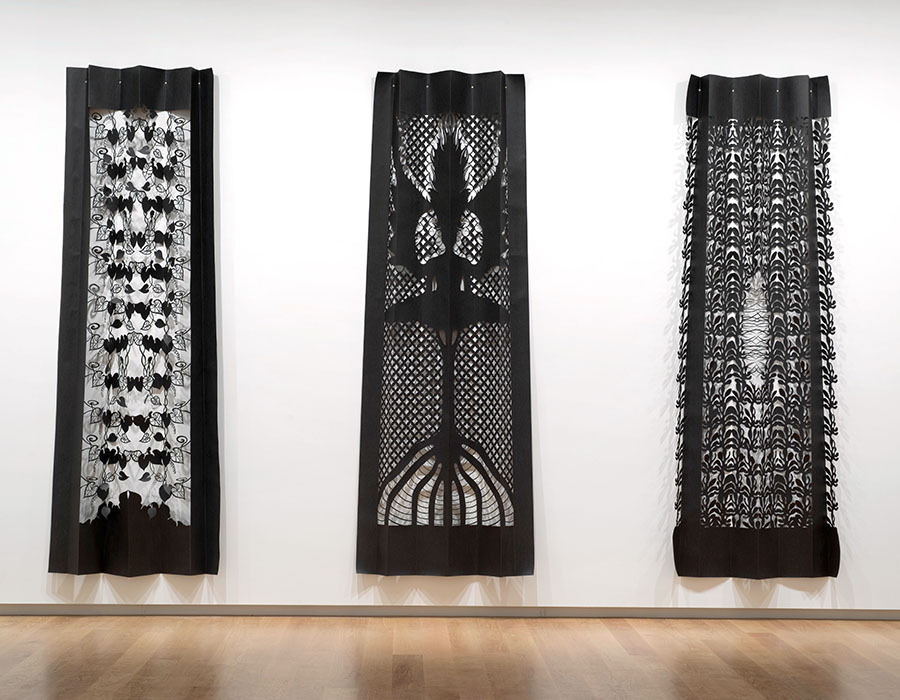
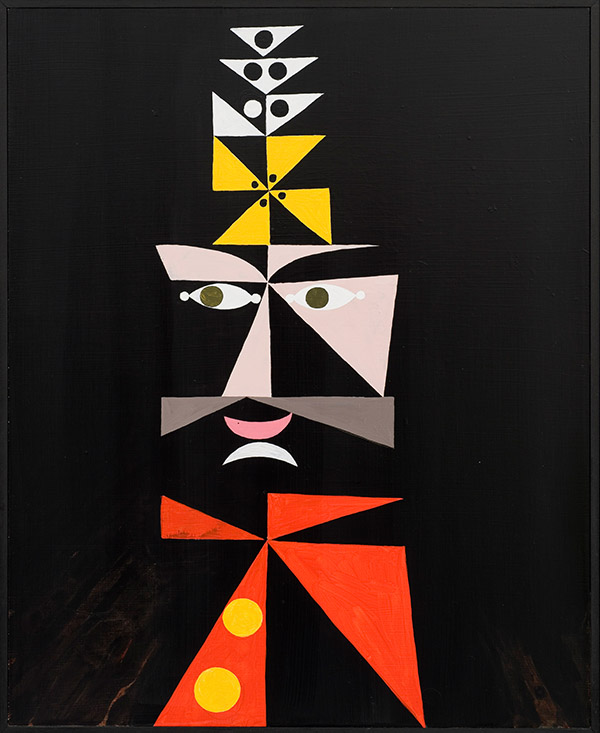

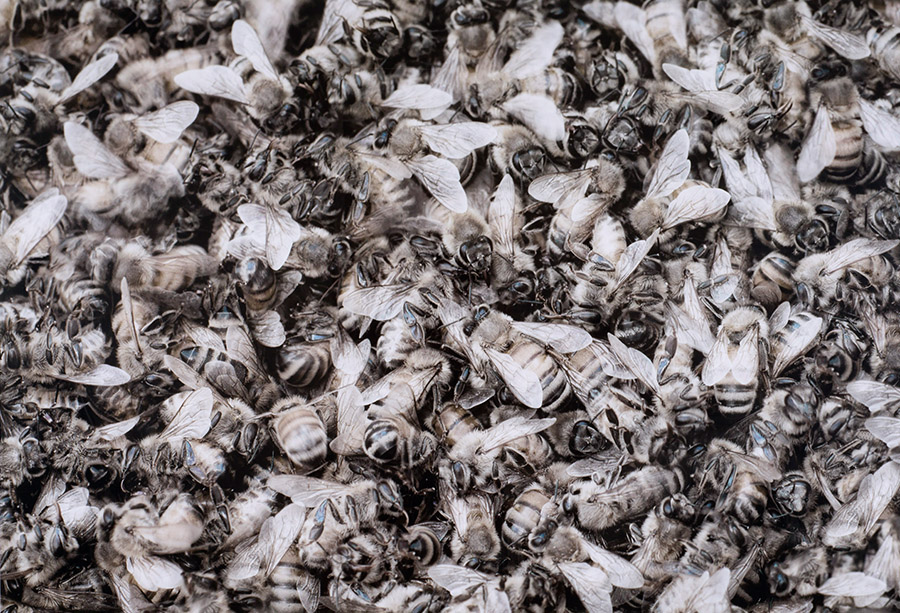
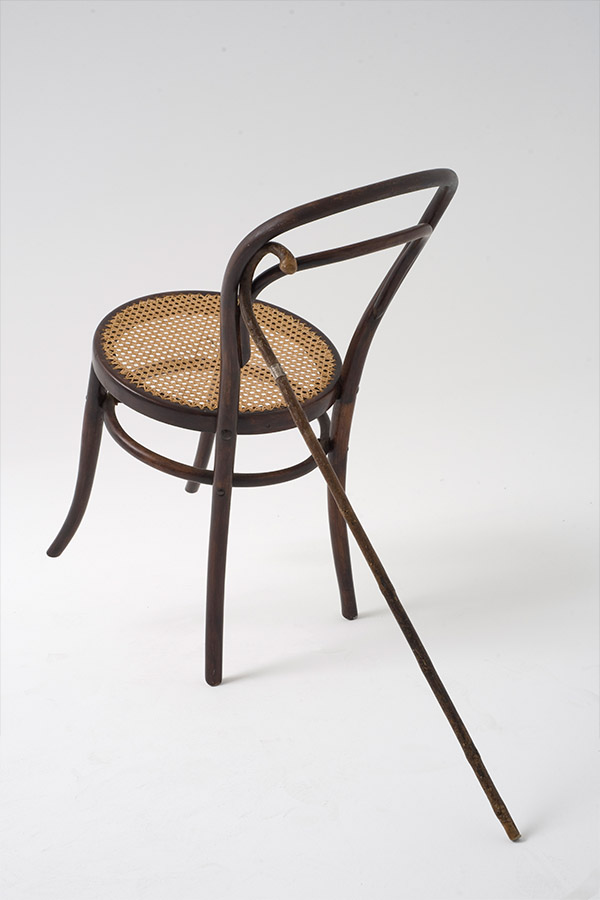
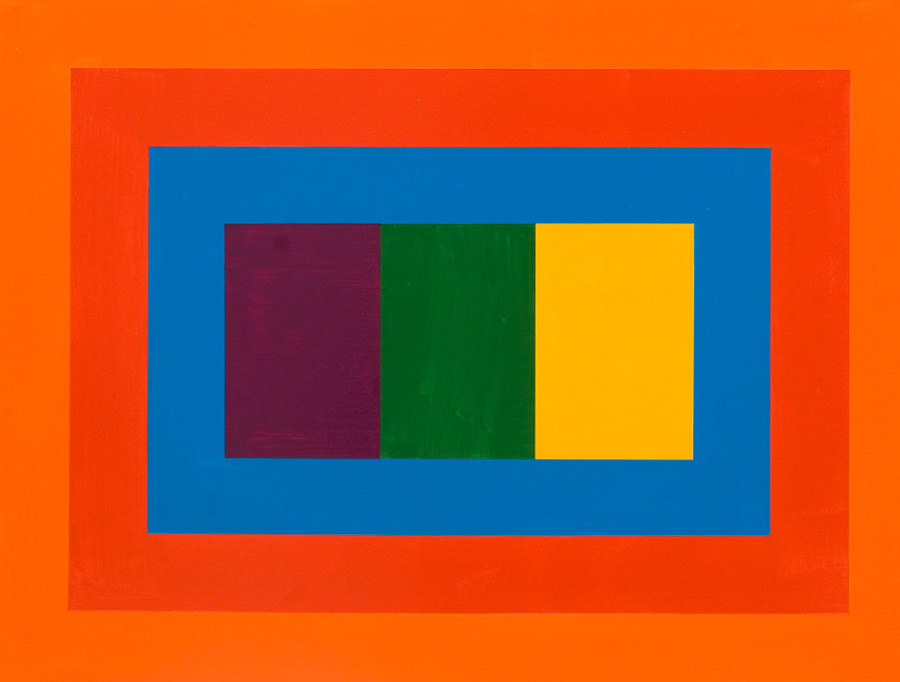
![<p><strong>Jessica Stockholder</strong><br />
<em>[Untitled]</em> 2003<br />
Chartwell Collection, Auckland Art Gallery Toi o Tāmaki, purchased 2010</p>](https://cdn.aucklandunlimited.com/artgallery/assets/media/chartwell-jessica-stockholder-untitled.jpg)

